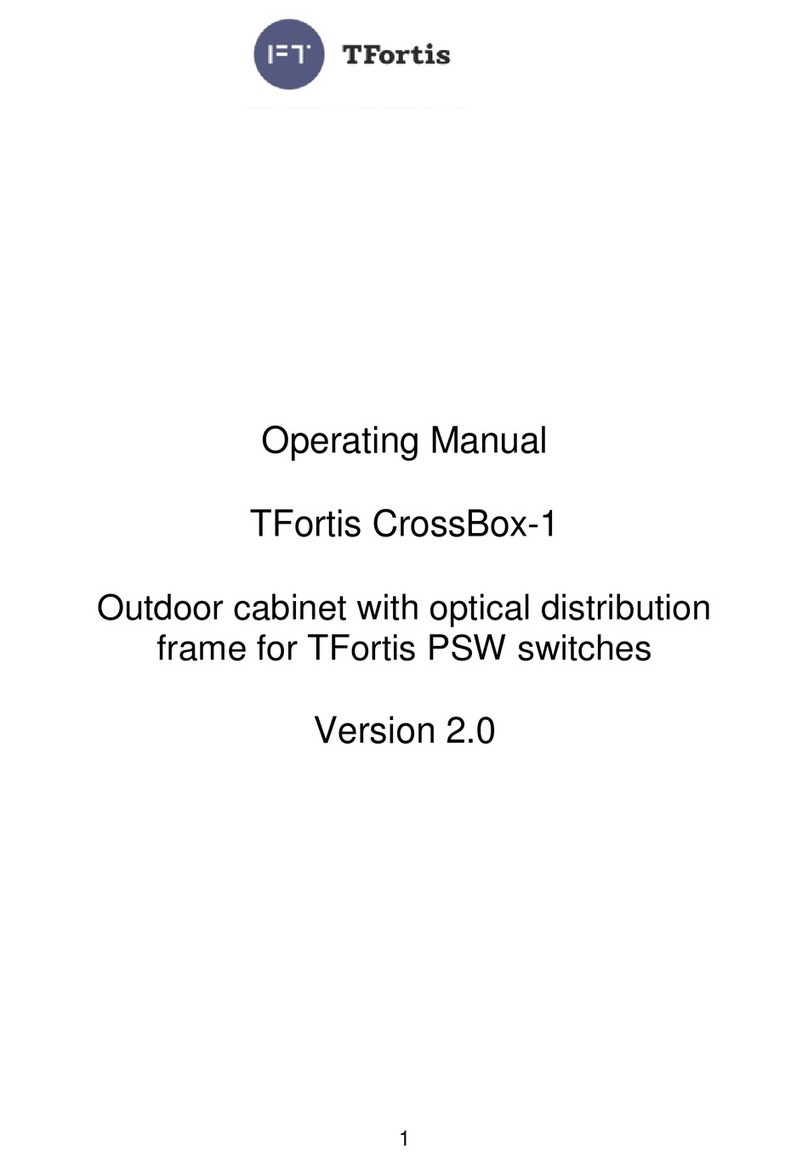Table of Contents
Table of Contents.............................................................................................................3
1. Designation..................................................................................................................4
2. Description...................................................................................................................6
2.1. Appearance...............................................................................................................6
2.2. Element arrangement ...............................................................................................8
2.3. Power Supply over PoE...............................................................................100
2.4. 220V power supply backup…..……………….....………………………………..12
2.5. Tamper sensor .............................................................................................. 12
2.6. Lightning protection .......................................................................................12
2.7. Additional functions .....................................................................................134
2.7.1. Cold start.......................................................................................................14
2.7.2. Restart of video cameras at their hanging.....................................................14
2.8. Diagnostic functions ......................................................................................15
2.8.1. Cable tester................................................................................................... 15
2.8.2. Remote polling of video cameras ..................................................................15
2.9. Built in UPS (PSW-2G4F-UPS).....................................................................15
2.9.1. Input voltage monitoring ................................................................................15
2.9.2. Description of the UPS operation ..................................................................16
2.9.3. Estimating the time of uninterrupted operation..............................................18
2.9.4. Determination of battery performance ...........................................................18
2.9.5. Battery installation .........................................................................................19
2.9.6. Monitoring the fan operation..........................................................................21
3. Technical parameters....................................................................................22
4. Operation conditions...................................................................................... 23
5. Presetting ...................................................................................................... 23
5.1. Restore switch to Factory Settings ................................................................ 24
5.2. Setting the IP address ...................................................................................24
5.3. Setting Up a user name and password..........................................................24
5.4. Configuring PoE on ports…………………………………………………………..23
5.5. Enabling Preheating of camera housings....................................................254
5.6. Enabling backup protocols.............................................................................25
5.7. Backup power supply configuration……………………………………………….24
6. Device installation.......................................................................................... 26
6.1. Unit mounting ................................................................................................26
6.1.1. Installation of the unit on the wall................................................................... 26
6.1.2. Installation of the unit on the support.............................................................26
6.1.3. Installation of the unit into TFortis-CrossBox cabinet.....................................27
6.2. Optic connection............................................................................................27
6.3. Power connection..........................................................................................27
6.4. Connection of video cameras........................................................................31
7. Manufacturer’s warranty ................................................................................31
8. Appendix........................................................................................................32
8.1 Calculation of the power consumption .....................................................................32




























